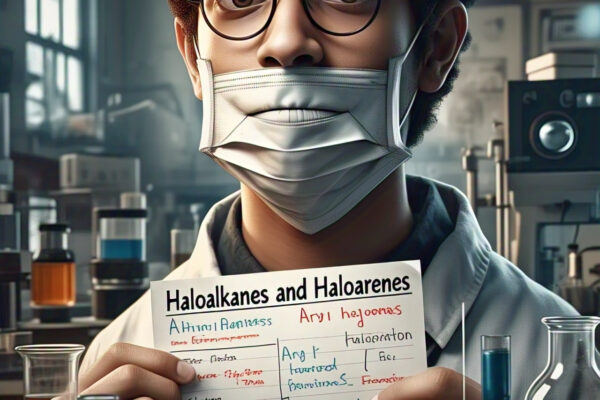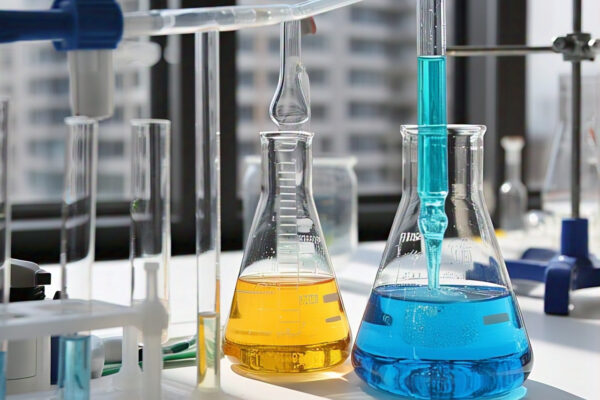
ALCOHOLS, PHENOLS AND ETHERS NEET QUESTIONS PDF DOWNLOAD|Biswajit Das
Mastering NEET Chemistry: Practice Questions on Alcohols, Phenols, and Ethers To excel in the National Eligibility cum Entrance Test (NEET), it’s crucial to have a thorough understanding of various topics in chemistry, including alcohols, phenols, and ethers. Practicing a wide range of questions from these topics can help students build confidence and improve their problem-solving…



















